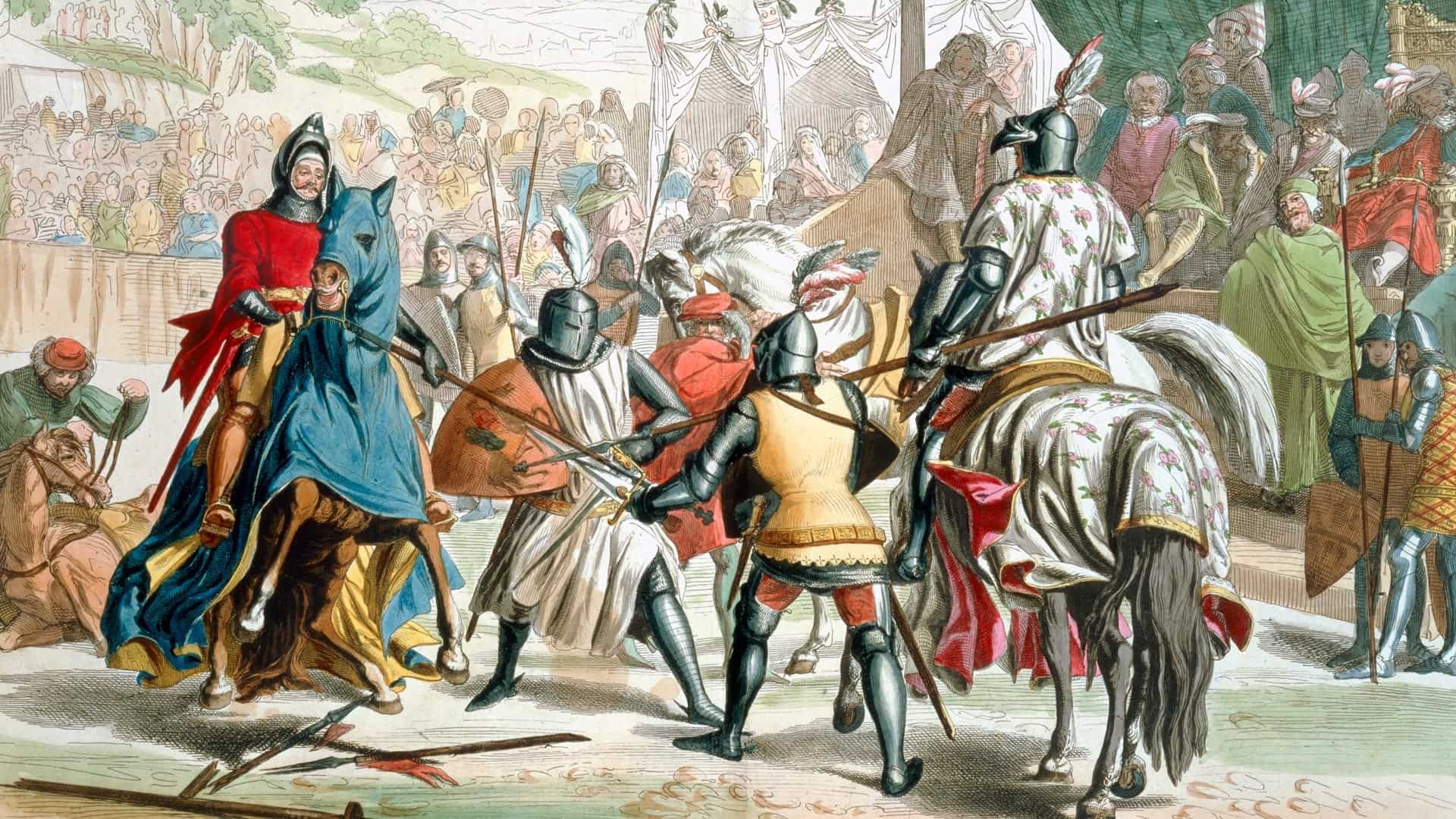
Medieval Europe, a time of knights, castles, and epic battles, holds countless secrets waiting to be revealed. Did you know that the average lifespan during this era was only about 30-35 years? This period, spanning roughly from the 5th to the late 15th century, saw the rise and fall of empires, the spread of Christianity, and the birth of universities. Feudalism dominated the social structure, with kings, lords, and peasants each playing distinct roles. Contrary to popular belief, not everyone lived in castles; most people resided in simple wooden homes. The Black Death, a devastating plague, wiped out nearly a third of Europe's population in the 14th century. From the grandeur of Gothic cathedrals to the simplicity of daily life, Medieval Europe offers a fascinating glimpse into a world vastly different from our own. Ready to dive into more intriguing facts?
Life in Medieval Europe
Medieval Europe, often called the Middle Ages, spanned from the 5th to the late 15th century. This era was marked by feudalism, castles, knights, and significant cultural and technological changes. Let's dive into some fascinating facts about this period.
-
Feudal System: Society was structured around the feudal system, where land was exchanged for military service. Lords owned the land, and vassals or knights protected it.
-
Manorialism: Most people lived on manors, which were self-sufficient estates. Serfs worked the land in exchange for protection and a place to live.
-
Castles: Castles were both homes and fortresses. They were designed to withstand sieges and protect inhabitants from invaders.
-
Knighthood: Becoming a knight involved years of training. Boys started as pages, then became squires before finally being dubbed knights.
-
Chivalry: Knights followed a code of conduct known as chivalry, which emphasized bravery, honor, and respect for women and the weak.
Daily Life and Culture
Daily life in medieval Europe was vastly different from today. From food to entertainment, let's explore some aspects of their culture.
-
Diet: The medieval diet was mainly bread, pottage (a thick stew), and ale. Meat was a luxury for most peasants.
-
Clothing: Clothing indicated social status. Nobles wore fine fabrics like silk and velvet, while peasants wore wool and linen.
-
Entertainment: People enjoyed various forms of entertainment, including jousting tournaments, feasts, and fairs.
-
Education: Education was limited to the clergy and the wealthy. Monasteries were centers of learning and preserved many ancient texts.
-
Language: Latin was the language of the Church and scholarly work, while vernacular languages like Old English and Old French were spoken by the common people.
Religion and Beliefs
Religion played a central role in medieval life. The Church influenced every aspect of society, from politics to daily routines.
-
The Church: The Catholic Church was the most powerful institution. It owned vast lands and had significant political influence.
-
Pilgrimages: Pilgrimages to holy sites were common. People believed visiting these sites could bring spiritual benefits or miraculous cures.
-
Monastic Life: Monks and nuns lived in monasteries and convents, dedicating their lives to prayer, study, and work.
-
Saints and Relics: Saints were venerated, and their relics were believed to have miraculous powers. Churches often housed these relics.
-
Heresy: Those who opposed the Church's teachings were labeled heretics and faced severe punishment, including execution.
Science and Technology
Despite being called the "Dark Ages," medieval Europe saw significant advancements in science and technology.
-
Agricultural Innovations: The heavy plow, crop rotation, and the horse collar improved agricultural productivity.
-
Architecture: Gothic architecture, characterized by pointed arches and flying buttresses, led to the construction of magnificent cathedrals.
-
Medicine: Medieval medicine was a mix of ancient knowledge and superstition. Herbal remedies were common, and bloodletting was a popular treatment.
-
Universities: The first universities were established in the 12th century, including the University of Bologna and the University of Paris.
-
Alchemy: Alchemy, the precursor to modern chemistry, aimed to transform base metals into gold and discover the elixir of life.
Warfare and Conflict
Medieval Europe was marked by numerous wars and conflicts, shaping the political landscape of the continent.
-
The Crusades: A series of religious wars aimed at reclaiming the Holy Land from Muslim control. They had a profound impact on Europe and the Middle East.
-
Hundred Years' War: A prolonged conflict between England and France, lasting from 1337 to 1453. It saw the rise of notable figures like Joan of Arc.
-
Viking Invasions: Viking raids and invasions were a constant threat. They eventually settled in parts of Europe, influencing local cultures.
Medieval Europe: A World of Intrigue
Medieval Europe was a time of knights, castles, and epic battles. It was also a period of great change and development. From the rise of feudalism to the spread of Christianity, this era shaped much of modern Western culture. The Black Death, which wiped out a third of Europe's population, and the Crusades, which saw knights travel to the Holy Land, were pivotal events. The invention of the printing press by Johannes Gutenberg in the 15th century revolutionized the spread of knowledge. Gothic architecture, with its towering cathedrals, remains a testament to the era's artistic achievements. Understanding these facts gives us a glimpse into a world that, while distant, still influences us today. Medieval Europe was a complex and fascinating period that laid the groundwork for the Renaissance and beyond.
Was this page helpful?
Our commitment to delivering trustworthy and engaging content is at the heart of what we do. Each fact on our site is contributed by real users like you, bringing a wealth of diverse insights and information. To ensure the highest standards of accuracy and reliability, our dedicated editors meticulously review each submission. This process guarantees that the facts we share are not only fascinating but also credible. Trust in our commitment to quality and authenticity as you explore and learn with us.


